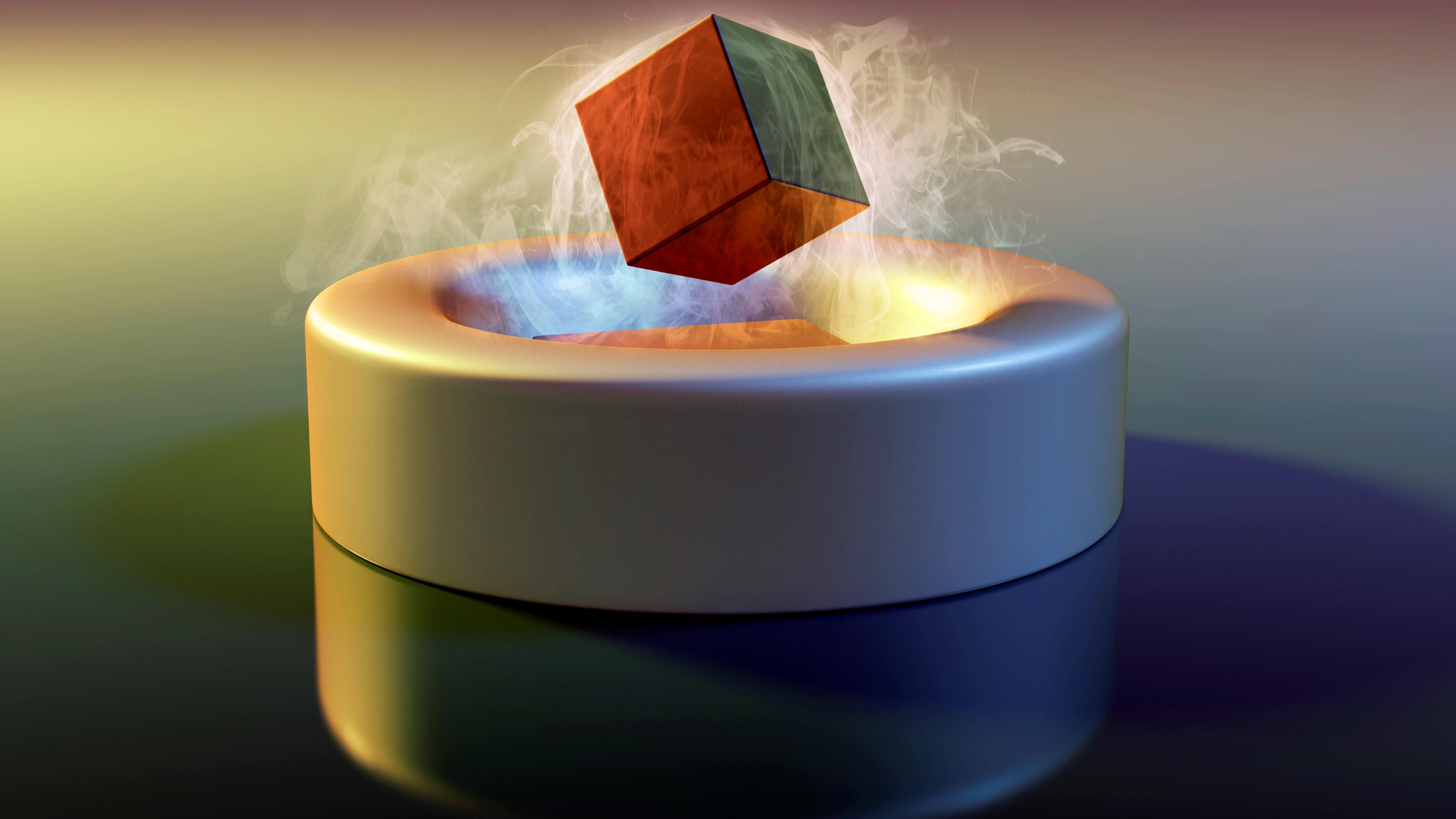
Researchers and scientists around the world are racing to validate the claims of a South Korean team that says it has created a new compound that could lead to room-temperature, ambient-pressure superconductors.
The compound in question has been named LK-99 and its discovery is being hailed as a major breakthrough that could change the design of smartphones and laptops as we know it.
That's because they would no longer require the kind of cooling that’s needed today. Even if this South Korean team of scientists has managed to do the impossible though, it would still take years for this technology to trickle down to consumers.
At the moment we’re still very much in the verification stage, as the physicists behind the discovery have only released papers detailing how it could work. While two papers have been uploaded to the research-sharing platform arXiv, they’ve yet to be peer-reviewed or published in a scientific journal.
Despite this, two separate sources have provided preliminary confirmation that LK-99 could be the real deal, according to our sister site Tom’s Hardware. In fact, Chinese researchers from the Huazhong University of Science and Technology have even posted a video showing them replicating the compound’s manufacturing process.
Although many people in the scientific community remain skeptical about LK-99, the compound is still quite fascinating given that the chemicals needed to create it are cheap and readily available while the manufacturing process isn’t all that complicated.
Conductors vs superconductors
Conductors can be found in all of the electronics we use today, from the best phones to the best laptops and everything in between. These substances or materials allow electricity to flow through them but generate heat during this process, which is why computers and other electronics require cooling.
Copper, steel, gold, silver, aluminum and many other metals are good conductors, but even salt water can conduct electricity. However, these materials are inefficient since when electrons travel across them they collide with atoms from the conductor, which creates heat and leads to energy being lost. This is called electrical resistance and one of the main things that sets conductors apart from superconductors.
Superconductors, on the other hand, conduct electricity without any loss, which is why they’ve been sought after for so long. We already have and use some superconductors today, like in MRI machines, but unfortunately they require extremely low temperatures or extremely high pressure to work.
If LK-99 is what the team who created it claims, it would represent the biggest breakthrough of the 21st century so far. Not only because of its ability to operate as a superconductor at room temperature, but also because it can do so with just ambient pressure.
Outlook: LK-99 could change the world—but not anytime soon

From the supercomputers of today to the quantum computers of tomorrow, LK-99 could change computing as we know it. Once the compound can be manufactured quickly and implemented in consumer electronics, it could lead to a major improvement in battery technology since less energy would be wasted.
Imagine if you could wear one of the best smartwatches for days without having to recharge it. The same goes for the smartphone in your pocket or the laptop on your desk. LK-99 could help usher in that future, and it could also have major implications for transportation by enabling us to build more efficient electric cars and even improved maglev trains. It could even put a serious dent in helping humanity solve the climate crisis once and for all.
Given the controversy surrounding LK-99 and the way in which the initial research was released publicly, a healthy dose of skepticism certainly makes sense here. Surprisingly, the South Korean team who created the compound has been working on it in their spare time since 1999. We wouldn’t even know about their research if one of the scientists hadn’t gone rogue and published a paper on it without the approval from the rest of the team.
For now though, LK-99 has managed to get the entire world excited about science again, and that’s a good thing. Until the compound is easily replicated and verified, we’re just going to have to wait and see if it’s really a breakthrough. We’ll be keeping a close eye on all of the developments surrounding LK-99 and plan on updating this story as we learn more.







